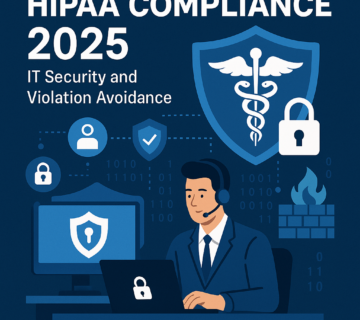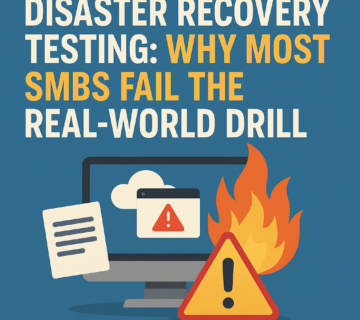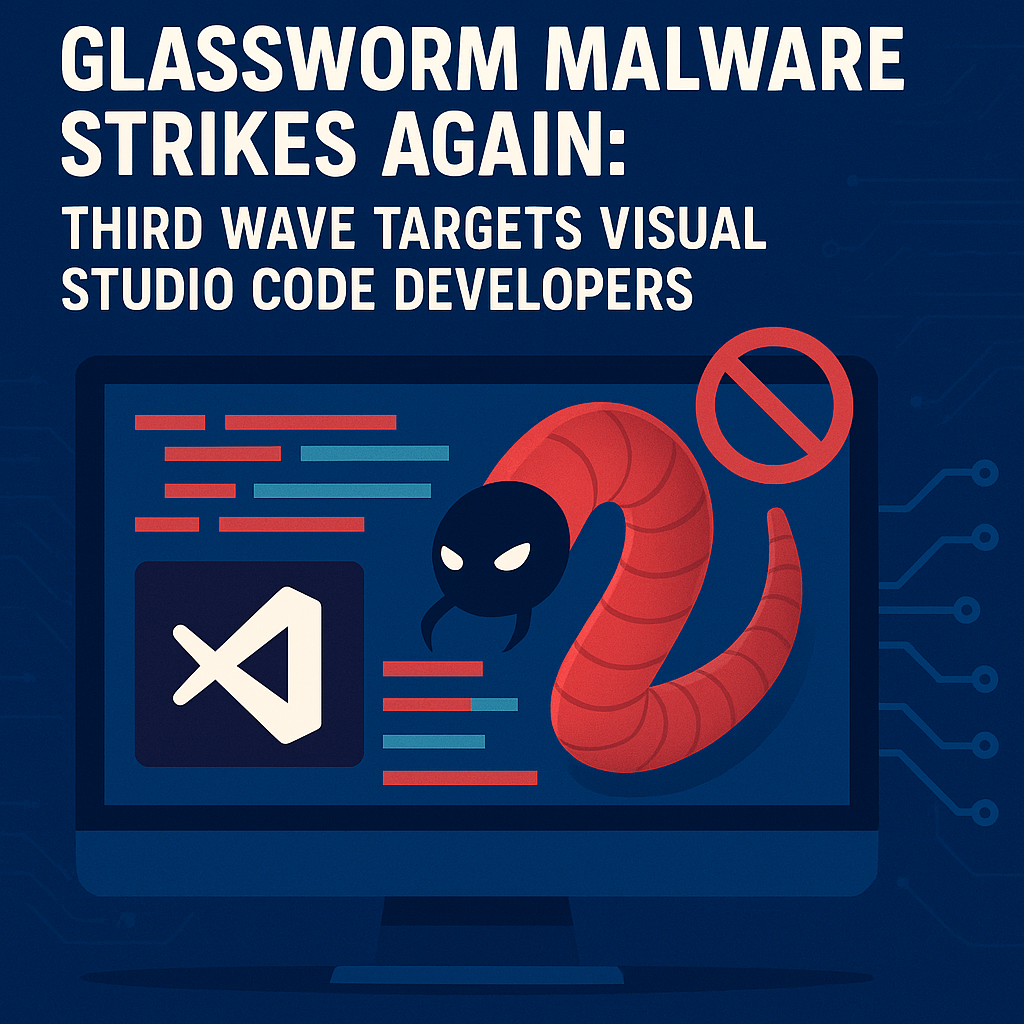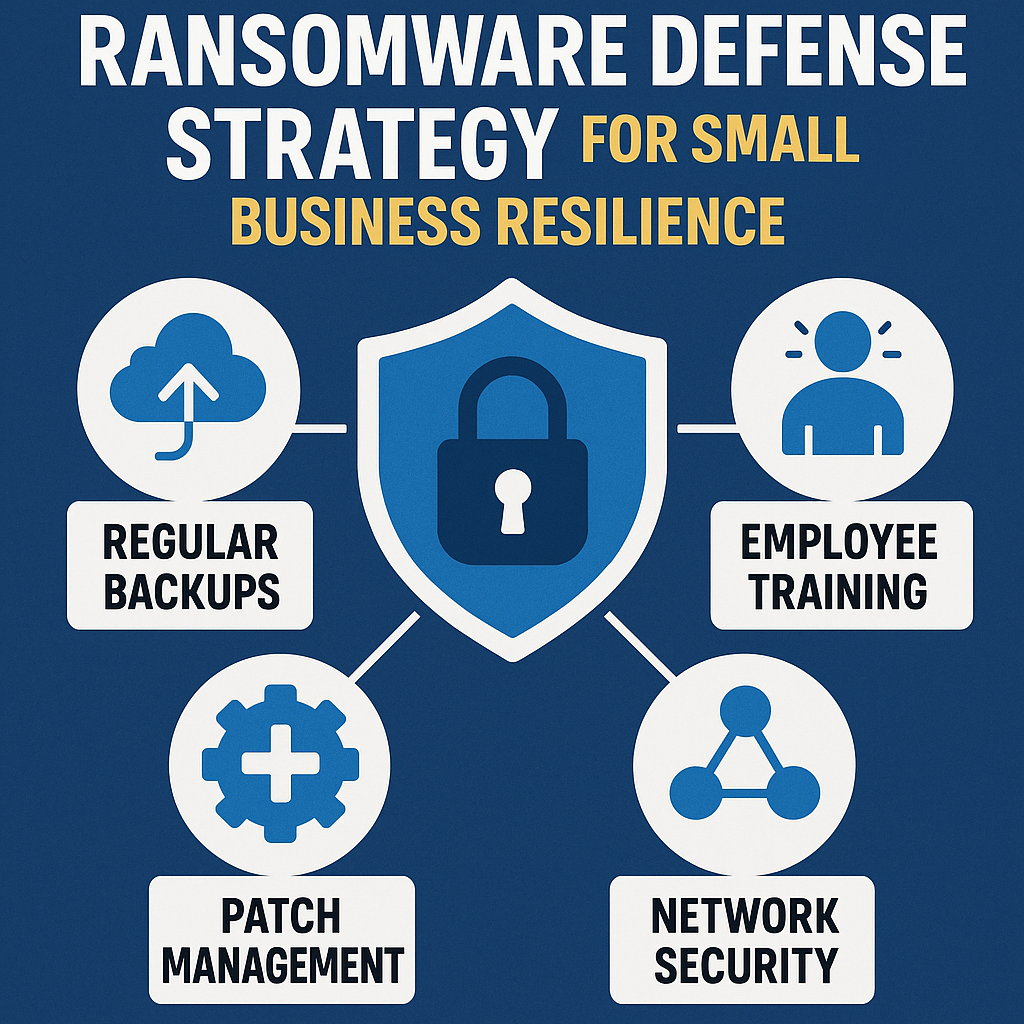The Silent Email Theft: How a Malicious Postmark MCP Package Compromised Thousands of Users
🎙️ Dive Deeper with Our Podcast!
Malicious NPM Package Silent Email Theft
👉 Listen to the Episode: https://technijian.com/podcast/malicious-npm-package-silent-email-theft/
In the rapidly evolving world of AI-powered development tools, a concerning security breach has emerged that highlights the vulnerability of package management systems and the trust developers place in open-source repositories. A malicious npm package masquerading as the legitimate “postmark-mcp” project successfully infiltrated the development ecosystem, silently stealing users’ email communications for over a week before being discovered and removed.
Understanding the Postmark MCP Compromise
The attack began with what appeared to be a routine software package on npm—the Node Package Manager used by millions of JavaScript developers worldwide. The malicious package cleverly mimicked the official Postmark MCP (Model Context Protocol) server, creating an almost perfect replica that fooled developers and automated systems alike.
What Is Model Context Protocol?
Model Context Protocol represents a standardized approach for AI assistants to interact with external services, APIs, and databases. This open standard ensures that AI systems can access and manipulate external resources in a controlled, secure, and predictable manner. The protocol has gained significant traction in the AI development community due to its ability to create seamless integrations between artificial intelligence systems and real-world applications.
Postmark, a reliable email delivery platform trusted by developers and businesses globally, offers MCP server functionality that allows AI assistants to send emails programmatically. This integration enables automated email communications, notification systems, and customer engagement tools powered by artificial intelligence.
The Attack Timeline: From Innocent Package to Data Exfiltration Tool
Security researchers at Koi Security uncovered this sophisticated supply chain attack that demonstrated remarkable patience and planning on the part of the malicious actor. The attack unfolded across multiple phases, each designed to build trust and avoid detection.
The Trust-Building Phase
For fifteen consecutive versions (1.0.1 through 1.0.15), the malicious package remained completely clean and functional. The code was virtually identical to the legitimate Postmark MCP implementation, complete with accurate descriptions, proper functionality, and no suspicious behavior whatsoever. This extended period of legitimacy was crucial for establishing trust within the developer community and avoiding automated security scans.
The package maintained its innocent facade for months, accumulating downloads, positive usage patterns, and integration into various development projects. During this time, developers had no reason to suspect any malicious intent, as the package performed exactly as advertised.
The Malicious Transformation
Version 1.0.16 marked the turning point of this attack. In what appeared to be a routine update, the malicious actor introduced a single line of code that fundamentally changed the package’s behavior. This seemingly minor addition created a backdoor that forwarded copies of all processed emails to an external address controlled by the attacker.
The email address—hosted at giftshop[.]club—was linked directly to the same developer account that published the malicious package. This connection suggests either remarkable carelessness on the part of the attacker or a calculated risk based on the assumption that the theft would go undetected for an extended period.
The Scope of Data Compromise
The implications of this breach extend far beyond simple email forwarding. The compromised communications potentially included:
Personal Sensitive Information: Private correspondence between individuals, containing personal details, relationship information, and confidential discussions that users never intended to share with third parties.
Authentication Credentials: Password reset links, two-factor authentication codes, and login verification messages that could provide attackers with access to user accounts across multiple platforms and services.
Financial Communications: Bank statements, transaction notifications, payment confirmations, and other financial correspondence that could be used for identity theft or financial fraud.
Business Intelligence: Corporate communications, project discussions, client correspondence, and strategic information that could provide competitors with valuable insights or enable industrial espionage.
Customer Data: For businesses using the compromised package, customer email addresses, communication preferences, and interaction histories may have been exposed, creating potential privacy violations and compliance issues.
Impact Assessment and Response
During its active period, the malicious package version 1.0.16 was available for approximately one week and recorded roughly 1,500 downloads. However, the actual impact extends beyond this number due to the cascading effect of package dependencies and automated deployment systems.
Security experts estimate that thousands of emails may have been compromised during this period. The true figure may be considerably higher when taking into account::
- Automated systems that process high volumes of emails
- Development environments that mirror production email flows
- Testing frameworks that use real email addresses
- Continuous integration pipelines that trigger email notifications
Red Flags and Warning Signs
This attack succeeded partly because it avoided many common detection methods, but several warning signs existed for vigilant developers:
Package Verification Issues
The malicious package was not published through official Postmark channels, which should have raised immediate concerns. Legitimate software companies typically maintain strict control over their package publications and provide clear verification methods for authentic releases.
Rapid Version Iterations
The fifteen clean versions followed by a sudden malicious update represents an unusual development pattern. Legitimate packages typically have more predictable release cycles with substantial changes documented in changelogs.
Minimal Community Engagement
Unlike genuine open-source projects, the malicious package lacked active community involvement, issue tracking, pull requests, and developer discussions that characterize legitimate projects.
Prevention Strategies for Developers
Organizations and individual developers can implement several strategies to protect against similar attacks:
Package Source Verification
Always verify that packages come from official sources or well-established maintainers. Check the package publisher’s profile, contribution history, and connection to the claimed organization. Legitimate packages should have clear ownership chains and official endorsements.
Code Review Practices
Implement mandatory code reviews for all package updates, regardless of how minor they appear. Even single-line changes can introduce significant security vulnerabilities, as demonstrated by this incident.
Dependency Monitoring
Use automated tools to monitor dependency changes and flag unusual update patterns. Sudden increases in version numbers or unexpected functionality changes should trigger manual review processes.
Sandboxed Testing Environments
Deploy new package versions in isolated environments before production use. This approach allows for behavioral analysis without risking production systems or sensitive data.
Regular Security Audits
Conduct regular audits of all dependencies, focusing on packages with elevated privileges or access to sensitive data. MCP servers, in particular, require careful scrutiny due to their high-privilege access patterns.
The Broader Security Implications
This incident highlights several systemic issues within the current software development ecosystem:
Supply Chain Vulnerability
The attack demonstrates how easily malicious actors can compromise software supply chains by exploiting trust relationships and automated dependency management systems.
Package Manager Security
Current package management systems lack sufficient verification mechanisms to prevent impersonation attacks and malicious code injection.
AI Integration Risks
As AI systems become more integrated with external services, the potential impact of compromised packages increases exponentially, as AI assistants may automatically execute malicious commands without human oversight.
Industry Response and Lessons Learned
The discovery and swift removal of the malicious package demonstrate the importance of security research and community vigilance. However, the week-long exposure period highlights gaps in current detection capabilities.
Enhanced Monitoring Needs
The incident underscores the need for enhanced monitoring systems that can detect unusual behavior patterns in package updates, particularly when packages request elevated privileges or access sensitive data.
Developer Education
Increased awareness and education about supply chain security risks can help developers make more informed decisions about package selection and integration practices.
Platform Improvements
Package management platforms must implement stronger verification mechanisms, automated behavioral analysis, and rapid response procedures for removing malicious packages.
Immediate Action Items for Affected Users
If you have used the postmark-mcp package from npm, take these immediate steps:
Remove the Package: Uninstall the malicious package immediately and replace it with the legitimate version from official sources.
Credential Rotation: Change passwords and API keys for any services that may have been exposed through compromised email communications.
Email Account Review: Monitor email accounts for suspicious activity and consider enabling additional security measures like advanced threat protection.
Audit Dependencies: Review all MCP servers and related packages in your environment for similar security issues.
Incident Documentation: Document the potential exposure for compliance and security reporting purposes.
FAQ
How can I tell if I was affected by this malicious package?
Check your package.json or package-lock.json files for “postmark-mcp” version 1.0.16. If you installed this version between the release date and removal, your emails may have been compromised. Additionally, review your npm install logs for downloads of this specific version.
What should I do if I suspect my emails were compromised?
Immediately change passwords for all accounts that may have received emails through the compromised system. Enable two-factor authentication where available, monitor your accounts for suspicious activity, and consider contacting your email provider about potential security concerns.
How can I prevent similar attacks in the future?
Always verify package sources, implement code review processes for all dependencies, use security scanning tools, maintain an inventory of all packages and their versions, and establish monitoring for unusual package behavior in your development environment.
Are there official ways to verify Postmark packages?
Yes, always download Postmark-related packages from official Postmark repositories or verified sources. Check the Postmark documentation for recommended installation methods and official package names. Verify the publisher’s identity and look for official endorsements or links from the Postmark website.
What legal implications might arise from this data breach?
Depending on your jurisdiction and the type of data compromised, you may need to report this incident to regulatory authorities, notify affected customers, and implement additional security measures. Consult with legal counsel familiar with data protection laws in your area.
How quickly do malicious packages typically get removed from npm?
Response times vary depending on the detection method and severity of the threat. In this case, the package was removed within 24 hours of public disclosure, but it had been active for approximately one week. This highlights the importance of proactive monitoring rather than relying solely on platform response times.
How Technijian Can Help
At Technijian, we understand the critical importance of securing your development infrastructure against supply chain attacks and dependency vulnerabilities. Our comprehensive security services are designed to protect your organization from threats like the Postmark MCP incident and many others.
Dependency Security Auditing
Our security experts conduct thorough audits of your entire dependency chain, identifying potentially malicious packages, outdated components with known vulnerabilities, and suspicious update patterns. We provide detailed reports with prioritized recommendations for remediation and ongoing monitoring strategies.
Supply Chain Risk Assessment
We evaluate your organization’s exposure to supply chain attacks through comprehensive assessments of your package management practices, dependency selection criteria, and security monitoring capabilities. Our team helps you develop robust policies and procedures that reduce your attack surface while maintaining development efficiency.
AI Integration Security
As AI systems become increasingly integrated into business operations, Technijian offers specialized security consulting for AI-powered applications and services. We help you implement secure AI integration practices, including MCP server security, AI assistant monitoring, and automated threat detection for AI-driven systems.
Incident Response and Recovery
When security incidents occur, rapid response is essential. Our incident response team provides 24/7 support for security breaches, including forensic analysis, damage assessment, and recovery planning. We help you minimize business impact while ensuring compliance with regulatory requirements.
Continuous Security Monitoring
Through our managed security services, we provide ongoing monitoring of your development environment, including automated detection of suspicious package updates, behavioral analysis of deployed applications, and real-time alerting for potential security threats.
Security Training and Awareness
We offer comprehensive security training programs designed specifically for development teams, covering supply chain security, secure coding practices, threat recognition, and incident response procedures. Our training helps your team become the first line of defense against sophisticated attacks.
Contact Technijian today to learn how we can help protect your organization from supply chain attacks and ensure the security of your development infrastructure. Our team of certified security professionals is ready to assess your current security posture and develop a customized protection strategy that meets your specific needs and risk profile.
About Technijian
Technijian is a premier managed IT services provider, committed to delivering innovative technology solutions that empower businesses across Southern California. Headquartered in Irvine, we offer robust IT support and comprehensive managed IT services tailored to meet the unique needs of organizations of all sizes. Our expertise spans key cities like Aliso Viejo, Anaheim, Brea, Buena Park, Costa Mesa, Cypress, Dana Point, Fountain Valley, Fullerton, Garden Grove, and many more. Our focus is on creating secure, scalable, and streamlined IT environments that drive operational success.
As a trusted IT partner, we prioritize aligning technology with business objectives through personalized IT consulting services. Our extensive expertise covers IT infrastructure management, IT outsourcing, and proactive cybersecurity solutions. From managed IT services in Anaheim to dynamic IT support in Laguna Beach, Mission Viejo, and San Clemente, we work tirelessly to ensure our clients can focus on business growth while we manage their technology needs efficiently.
At Technijian, we provide a suite of flexible IT solutions designed to enhance performance, protect sensitive data, and strengthen cybersecurity. Our services include cloud computing, network management, IT systems management, and disaster recovery planning. We extend our dedicated support across Orange, Rancho Santa Margarita, Santa Ana, and Westminster, ensuring businesses stay adaptable and future-ready in a rapidly evolving digital landscape.
Our proactive approach to IT management also includes help desk support, cybersecurity services, and customized IT consulting for a wide range of industries. We proudly serve businesses in Laguna Hills, Newport Beach, Tustin, Huntington Beach, and Yorba Linda. Our expertise in IT infrastructure services, cloud solutions, and system management makes us the go-to technology partner for businesses seeking reliability and growth.
Partnering with Technijian means gaining a strategic ally dedicated to optimizing your IT infrastructure. Experience the Technijian Advantage with our innovative IT support services, expert IT consulting, and reliable managed IT services in Irvine. We proudly serve clients across Irvine, Orange County, and the wider Southern California region, helping businesses stay secure, efficient, and competitive in today’s digital-first world.





